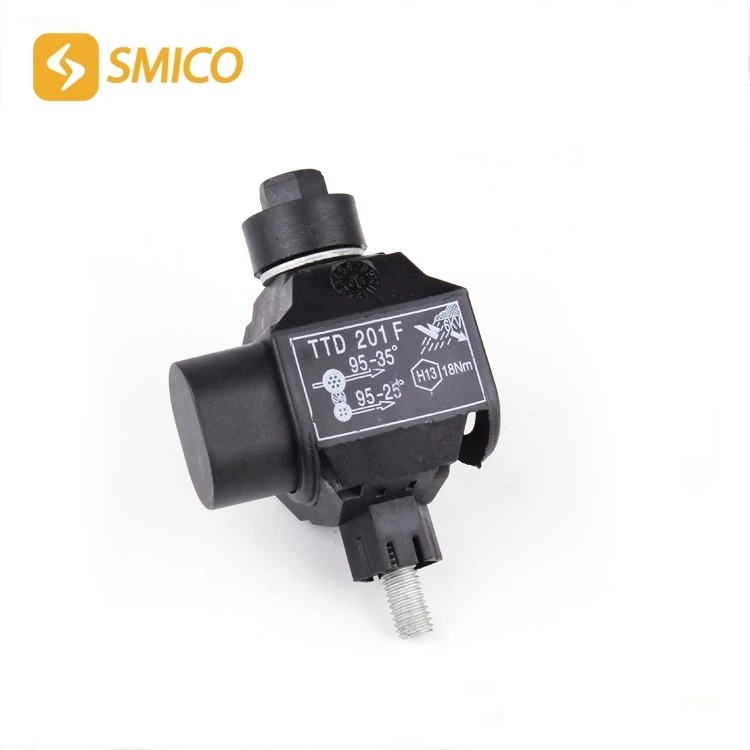The Technical Systematization Difference Between Insulation Piercing Connectors And Pins!
insulation piercing connector is a commonly used piercing connector product in the electronics market, but users often confuse ipc connector with plug-in pins. In fact, there are technical differences between them. In this article, Xinpengbo Electronics mainly shares the technical system differences between ipc electrical connectors and plug-in pins!
1. Differences in structural design between cable piercing connector and pins:
Using cylindrical metal sleeve structure (diameter 4.0mm or 4.8mm)
Built-in elastic contact piece design (commonly using phosphor bronze material)
Standard protective shell (meets IP44 protection level)
Typical representative: Schuko socket (CEE 7/4 standard)
2. Pin assembly
Solid cylindrical structure (usually 2.5-4.0mm in diameter)
The surface is mostly nickel-plated or gold-plated
No protective shell (need to be used with sockets)
Common types: DIN pins, banana plug pins
2. Comparison of electrical characteristics between electrical piercing connector and pins:
Parameter insulation connector Pin assembly Rated current 10A/16A/32A three gears usually ≤5A (except for special designs) Dielectric strength 2000V/1min (IEC 60664) 500V DC test contact resistance ≤3mΩ (new state) ≤10mΩ (unloaded state)
III. Application scenarios of insulation piercing and pins:
1. Advantage scenarios of socket connectors
Fixed installation occasions (wall/distribution box)
Working conditions that require frequent plugging and unplugging
Wet environment (bathroom/outdoor)
High safety requirements (kindergarten/hospital)
2. Application areas of pins
Internal connection of instruments and meters
Temporary test circuit construction
High-density PCB board connection
Customized equipment interface (need to be used with the mother seat)
IV. Differences in safety specifications between European socket connectors and pins:
Socket connectors must pass EN 50075 certification
Pins must meet IEC 60999-1 standards
Special pins for medical equipment have other IEC 60601-1 requirements

